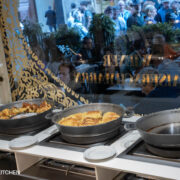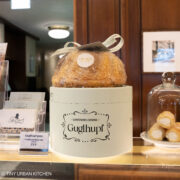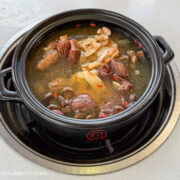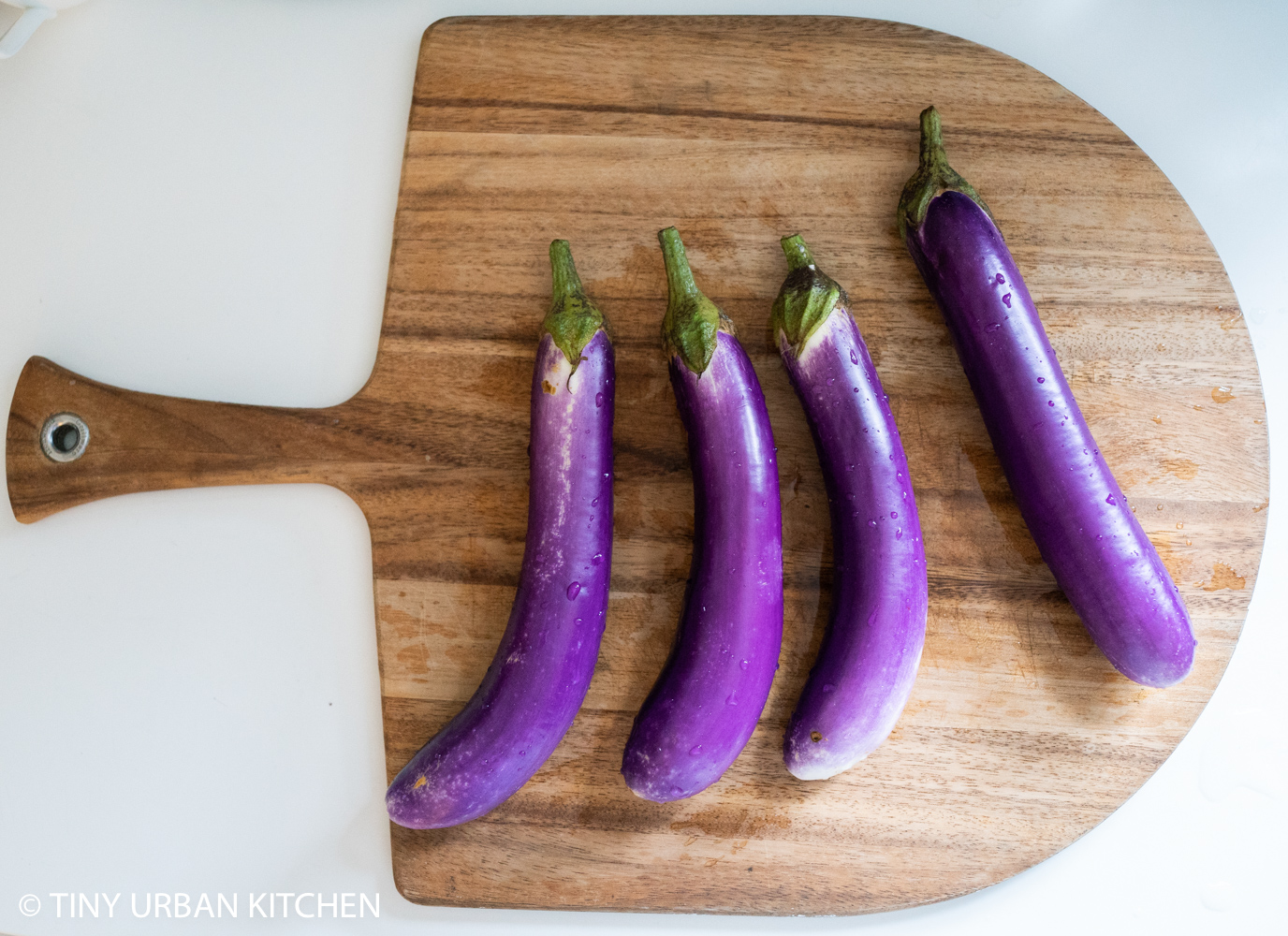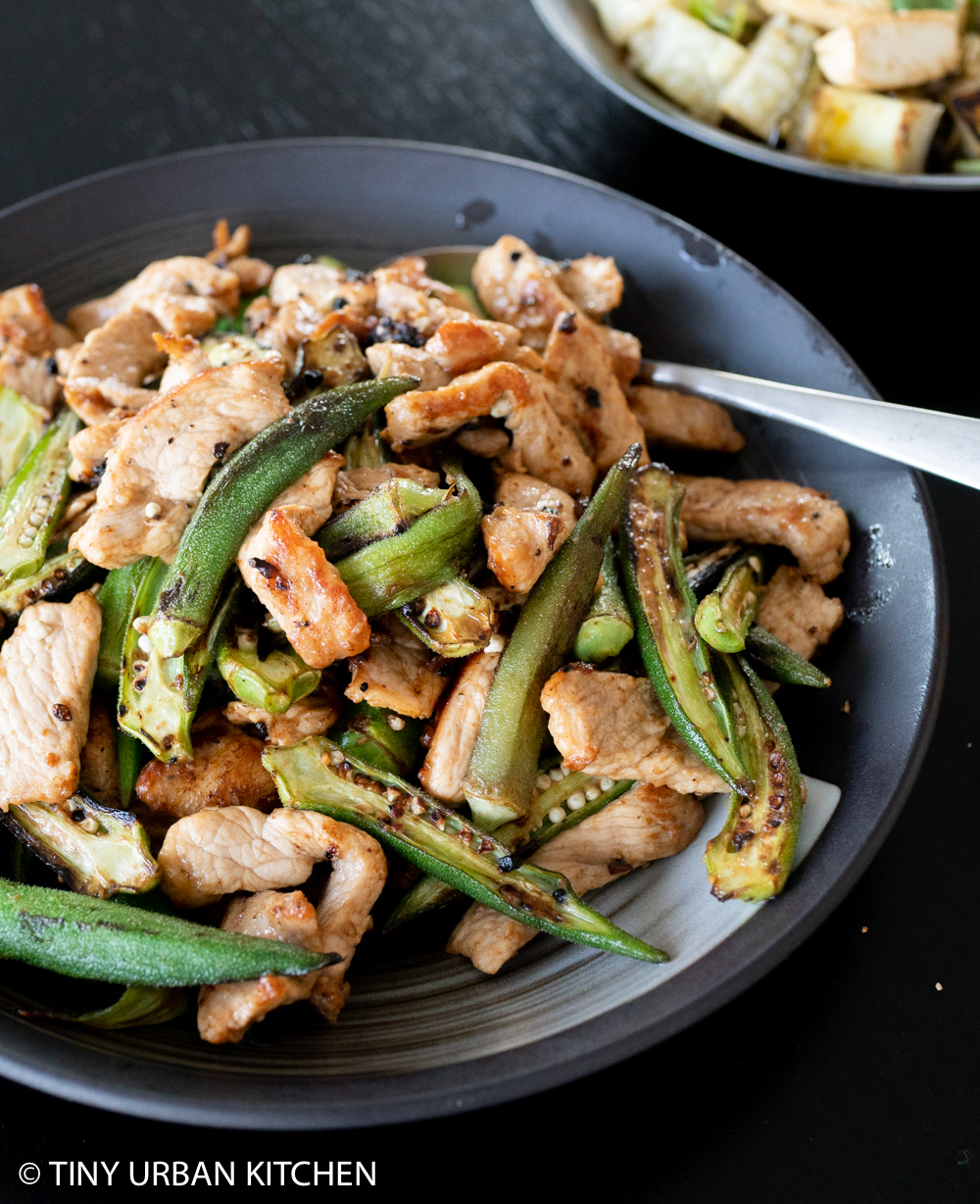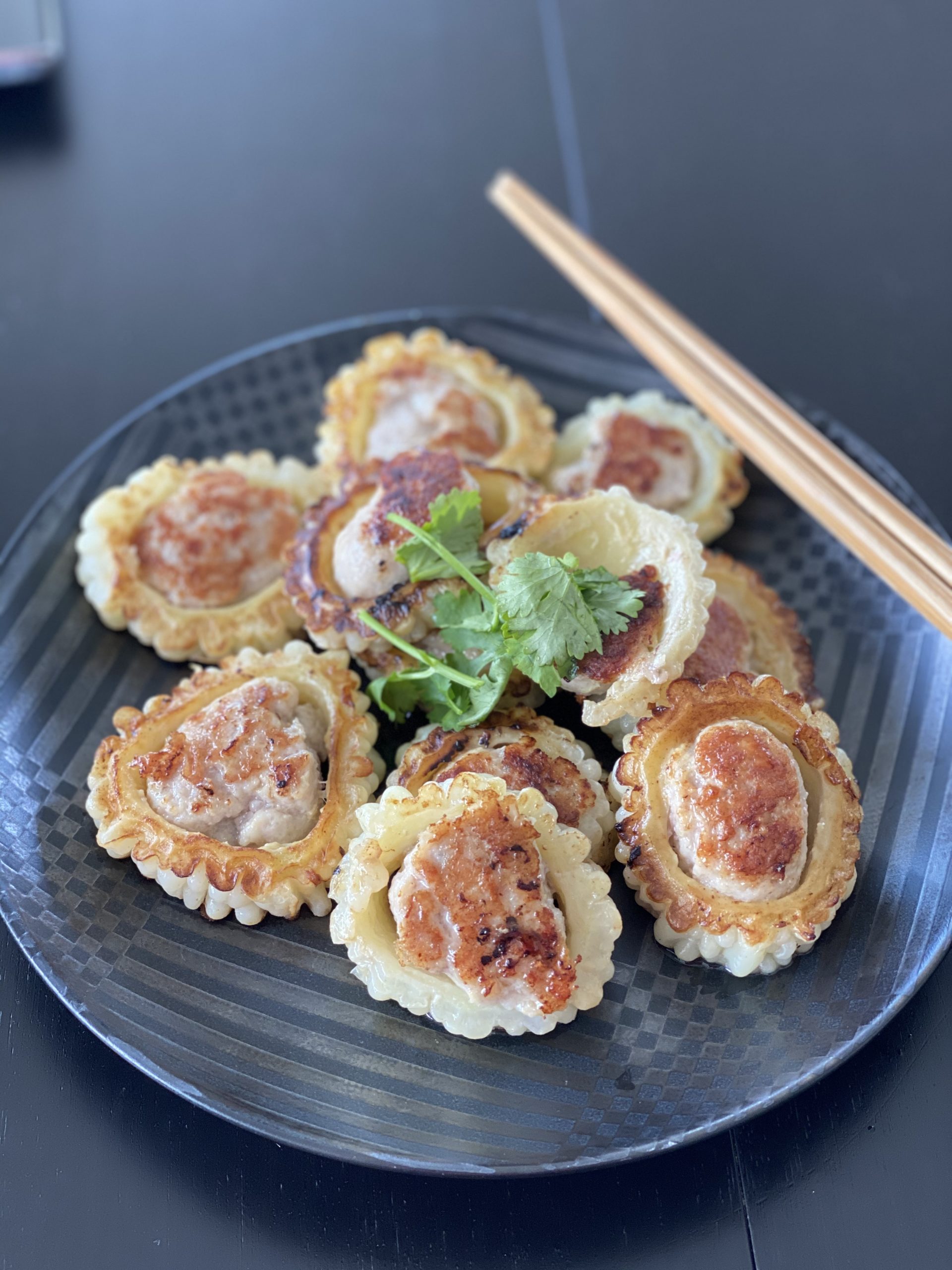Parts of this post have been published before in my Culinary Tour Around the World - Sous Vide style post. However, I thought it would be useful to write a separate post dedicated to the general art of sous vide, sort of as a reference point. Enjoy!
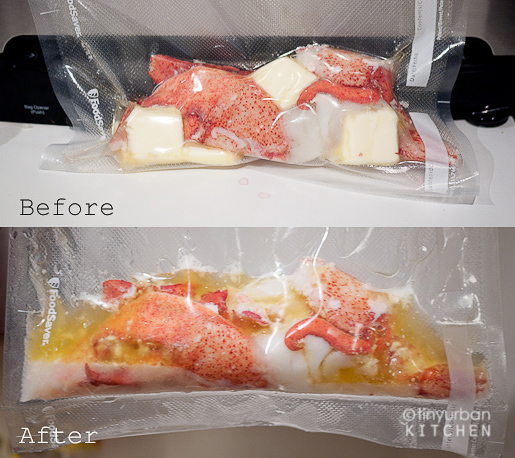
Although cooking in a water bath has been a technique that’s been around since medieval times, it wasn’t until the 1970’s that sous vide, a method of cooking food under vacuum in precisely temperature-controlled water baths, was invented in France. It would not be adopted in the US until 2000, when Daniel Boulud learned this fascinating technique from French chef Gerard Bertholon.
With the recent popularity of food shows and celebrity chefs, this method has taken the cooking world by a storm. In fact, many fine dining establishments across America now use this technique.
Despite its popularity in restaurants, it has not really caught on at home. A quick search of Amazon.com only yielded a handful of books about sous vide cooking at home, many of which published within the last two years.
"Sous vide" literally means "under vacuum" in French. Sort of a misnomer, this method of cooking actually involves two parts. Food is first sealed under vacuum in a plastic bag and then cooked in a water bath set at a very precise temperature.
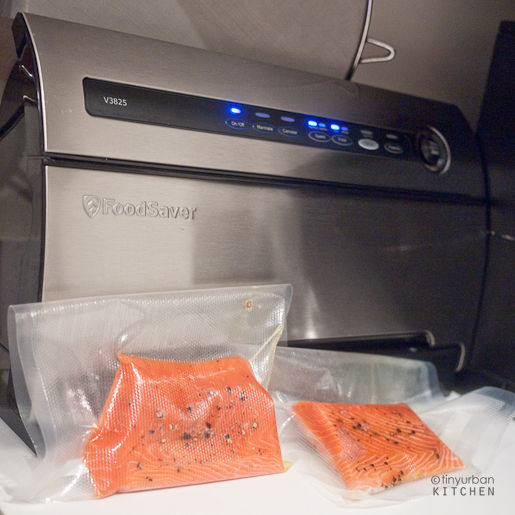
Sous vide cooking has a lot of interesting benefits. First, because you can precisely control the temperature of your water bath, you won't overcook your food. This is great for restaurant cooks who can't always predict exactly when something needs to be served. You can keep a steak at 130° F (medium rare) for hours in that water bath and take it out to sear just moments before the guests arrive.
Second, this technique allows you to obtain textures of food you could not obtain with traditional cooking. I'll go into this more later, but a sous vide egg has an beautiful velvety creamy texture that is difficult to obtain with traditional methods. Likewise, you can cook shortribs at a low temperature for hours, softening it until it is melt-in-your-mouth tender yet still medium rare at the same time!
Finally, sous vide cooking, in many instances, allows you to reduce significantly the amount of cooking liquid you use. You can marinate with just a small amount marinade in the bag. Similarly, you can confit a piece of meat with just a small amount of fat, unlike the traditional method where you needed to submerge the entire piece of meat in a pot of melted fat.
You can rig your own sous-vide system with a magic cooker, beer cooler, or a cast iron pot. I've tried the magic cooker method, with great success. Alternatively, if you're not the tinkering type, you can use a professional unit, such as the SousVide Supreme
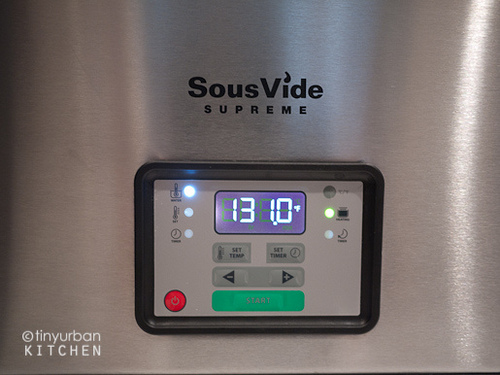
I've played around with sous vide quite a bit on this site, so I thought it was time to compile them all in once place. I've done everything from hacking my own sous vide system out of a Chinese magic cooker to cooking an entire luxury meal, complete with Thomas Keller and David Chang recipes, out of sous vide.
My general thoughts?
In general, sous vide is a great fool proof method for cooking meat in a way that does not overcook it. My steaks have come out perfectly each time, and I honestly don't use any other method anymore, not even my previously dearly beloved oven to pan sear method.
Scallops come out great via sous vide, and salmon is delicious as well. We thought chicken was pretty good too, although Bryan doesn't think it's any better than a really good poached chicken. Octopus cooked sous vide is velvety and smooth - a far cry from its rubbery beginnings. Lobster is good cooked sous vide, although I don't think I necessarily thought it was better than normal steamed or boiled lobsters.
Vegetables, such as potatoes, taste fine cooked sous vide but I really didn't notice that much of a difference from normal cooking. I think in these cases it's just easier and more convenient for restaurants to cook vegetables sous vide. For the home cook, I don't think it makes a big difference.
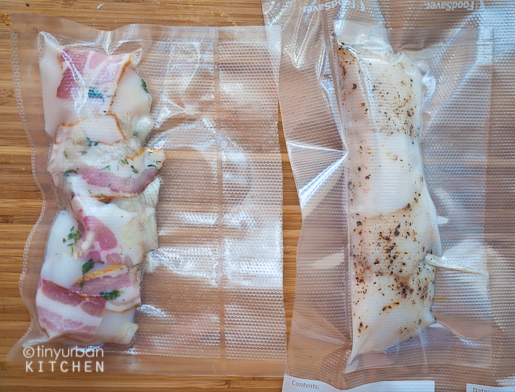
The Biggest Disadvantages?
Space and time are the biggest disadvantages of sous vide cooking. Space because all these extra gadgets really take up a lot of space! Between the Sousvide Supreme's large footprint and the wide Foodsaver, I hardly have any space left to chop meat and vegetables!
Secondly, most things take much longer using the sous vide technique. I cook my steaks for at least 45 minutes, and some things could take even longer. It takes a lot less time to just throw a steak on a grill. It's your call whether you have the time on a weeknight to cook using this method.
Furthermore, at home you have to cook everything serially. Unlike in a restaurant, where there may be various different water baths going at different precise temperatures, I only have one machine. If you're cooking a meal that contains multiple sous vide components, often they need to be cooked at a different temperatures.
Although there may not be much active work that needs to be done, you need to be VERY WELL ORGANIZED and plan ahead in order to pull off such a multi-course meal. Otherwise, you very well may run out of time!
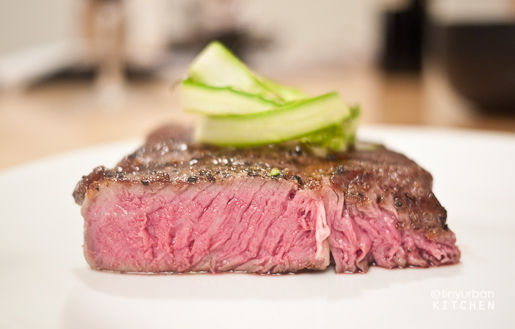
Safety
The US food code recommends that raw or unpasteurized food not be held at temperature between 41°F (5°C) and 130°F (54.4°C) for longer than four hours. Anything longer than that will give harmful pathogens a chance to multiply to possibly dangerous levels.
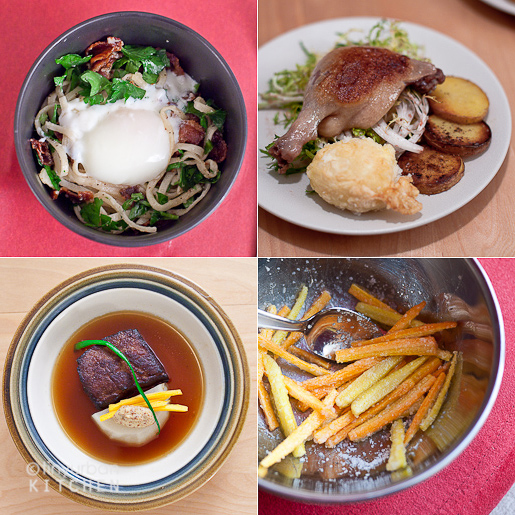
Sous Vide Posts
BASIC
Sous vide Steak
Sous vide Chicken
Sous vide Scallops
Sous vide Salmon
Sous vide Octopus
Sous vide Lobster
FANCIER
36-hour Sous Vide Chashu Pork Belly
Grilled Steak with Mint, Cilantro, and Lime
Rack of Lamb with Morels, Asparagus, and Mustard Seed
Lamb Loin with Chili, Mint, and Mustard Seed (inspired by Grant Achatz)
Molecular Gastronomy with an Asian Twist
Duck leg confit, Pomme Sarladaise, Fried Hen Egg, and Frisee Salad (Thomas Keller)
Confit of Liberty Pekin Duck Leg (Thomas Keller)
Duck Fat Fried Potatoes (Pommes Sarladaise)(Thomas Keller)
48 hour Short Ribs with Dashi Braised Daikon (David Chang)
Spaghetti Carbonara with Sous Vide Egg (Inspired by Marcella Hazan)
EQUIPMENT
Sous vide cooking uses up a lot of gadgets, counter space, and money! Here's my set up in my kitchen:
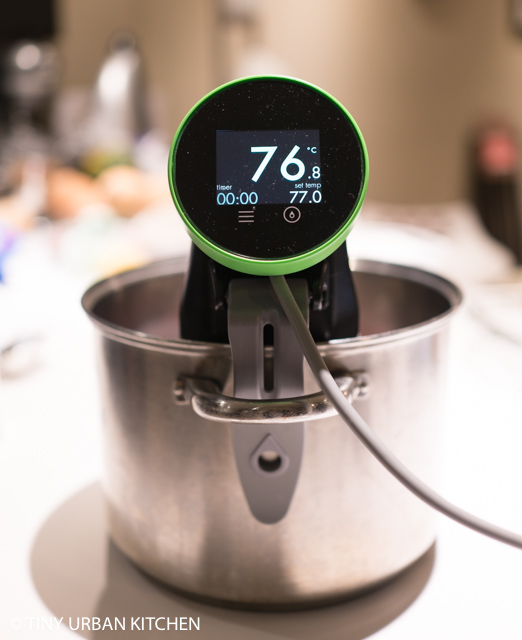
Update! I now typically use the Nomiku Precision Cooker (affiliate link!) unless if I am making large volumes of food, like 2 dozen sous vide eggs, for example. In those cases, I still opt for the larger SousVide Supreme (10 L), which is great for entertaining since it can hold a lot of things in one go. On the other hand, it takes up quite a bit of counter space, which isn't so tiny kitchen friendly.
At the time I got my Sous Vide supreme, the smaller, cuter, (cheaper!) SousVide Supreme Demi wasn't available yet. Had it been available, I would have considered it. Currently, I sometimes find it a pain to heat up so much water just to cook one piece of meat. A smaller Demi, even though it doesn't hold as much, would work much better for small kitchen folks like me who are usually cooking for just 2 people. It comes in all sorts of colors, like black, blue, and red (my favorite!).
For vacuum sealers, I have a version of the above pictured FoodSaver {update - I've switched to this newer version, which I love), which I bought at Costco (it probably has a slightly different model number at Costco). You can buy the bags either online or at Costco as well.
Once you have the machine and the vacuum sealers, all you need is a recipe and some food to cook!
RESOURCES
Under Pressure: Cooking Sous Vide by Thomas Keller
Sous Vide for the Home Cook by Douglas Baldwin
Enjoy! I'll continue to add posts to this list as they come. 🙂
All Rights Reserved









